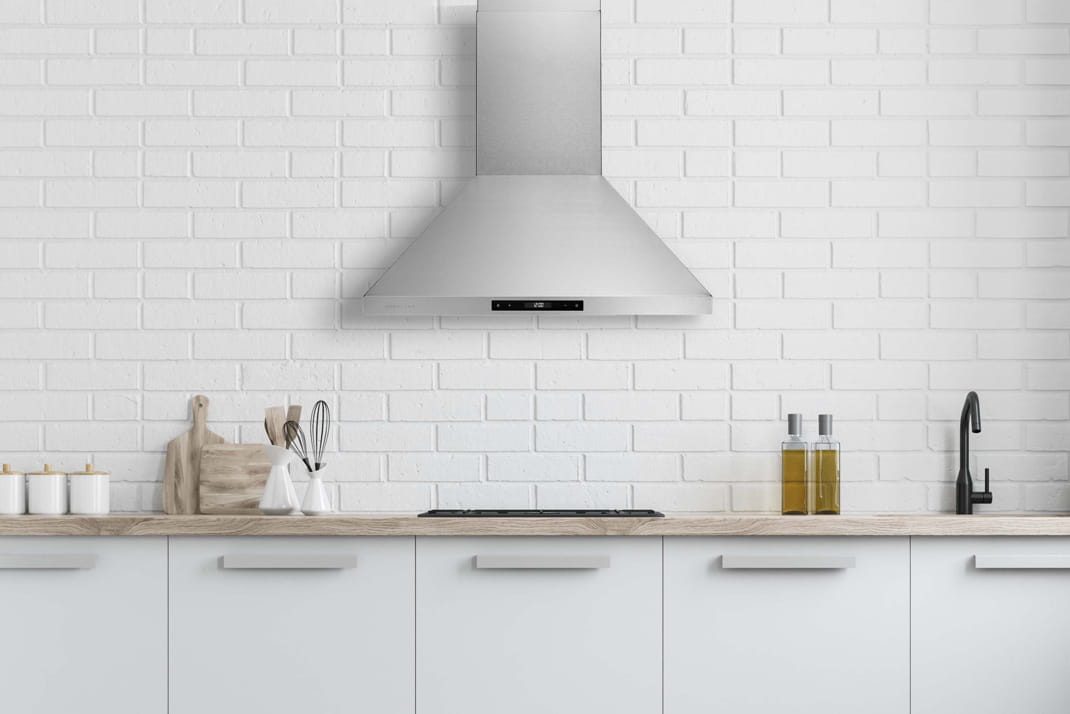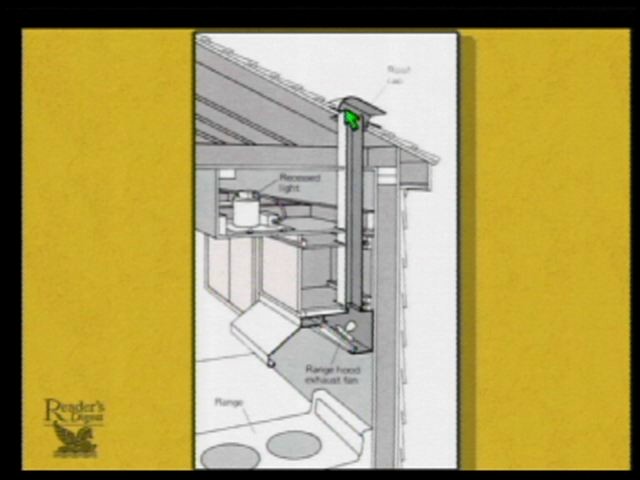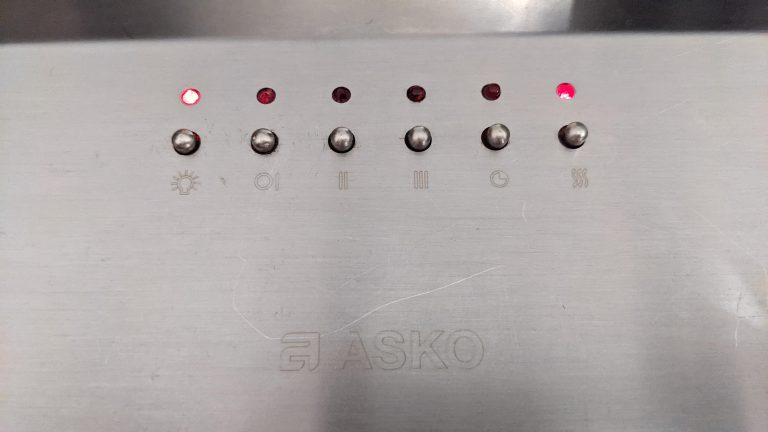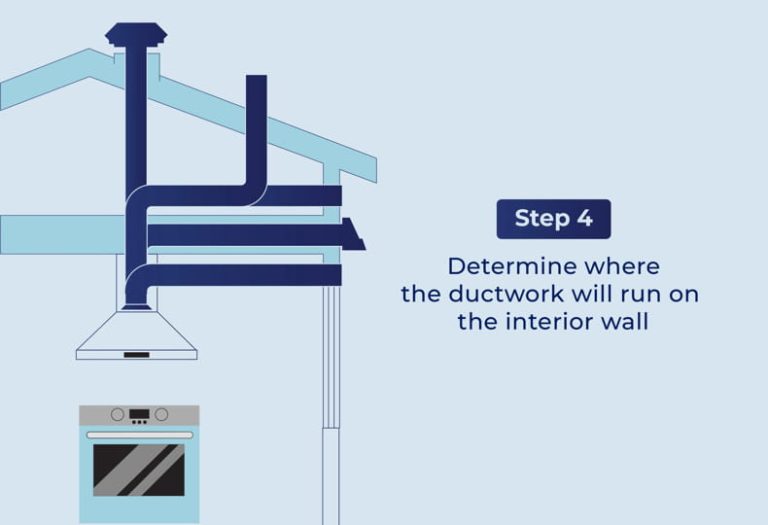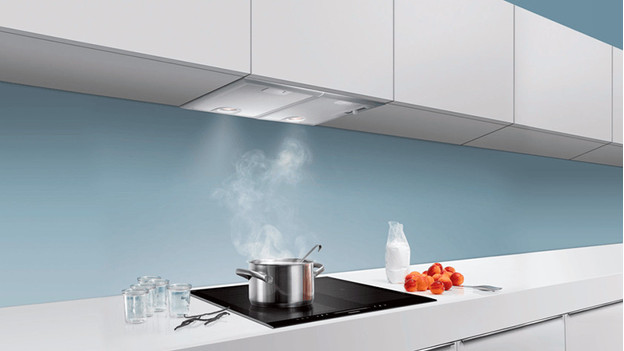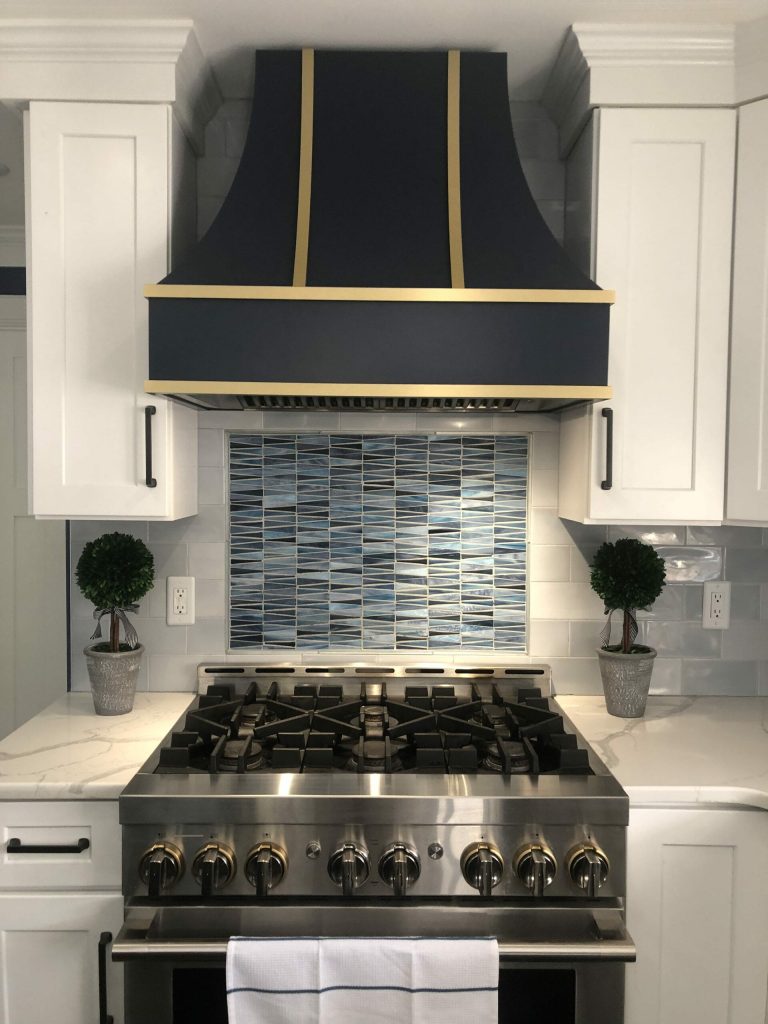The average CFM (cubic feet per minute) for range hoods typically ranges from 200 to 600 CFM. The ideal CFM depends on your cooking habits and kitchen size.
Range hoods play a crucial role in maintaining a clean and comfortable kitchen environment. They help eliminate smoke, odors, and grease, ensuring better air quality. Choosing the right CFM for your range hood is essential for optimal performance. A higher CFM effectively removes airborne pollutants during cooking, while a lower CFM might suffice for light cooking.
Understanding your kitchen’s needs will guide you in selecting the appropriate range hood. This ensures your cooking space remains fresh and inviting. Investing in the right range hood can enhance your cooking experience and improve overall kitchen efficiency.
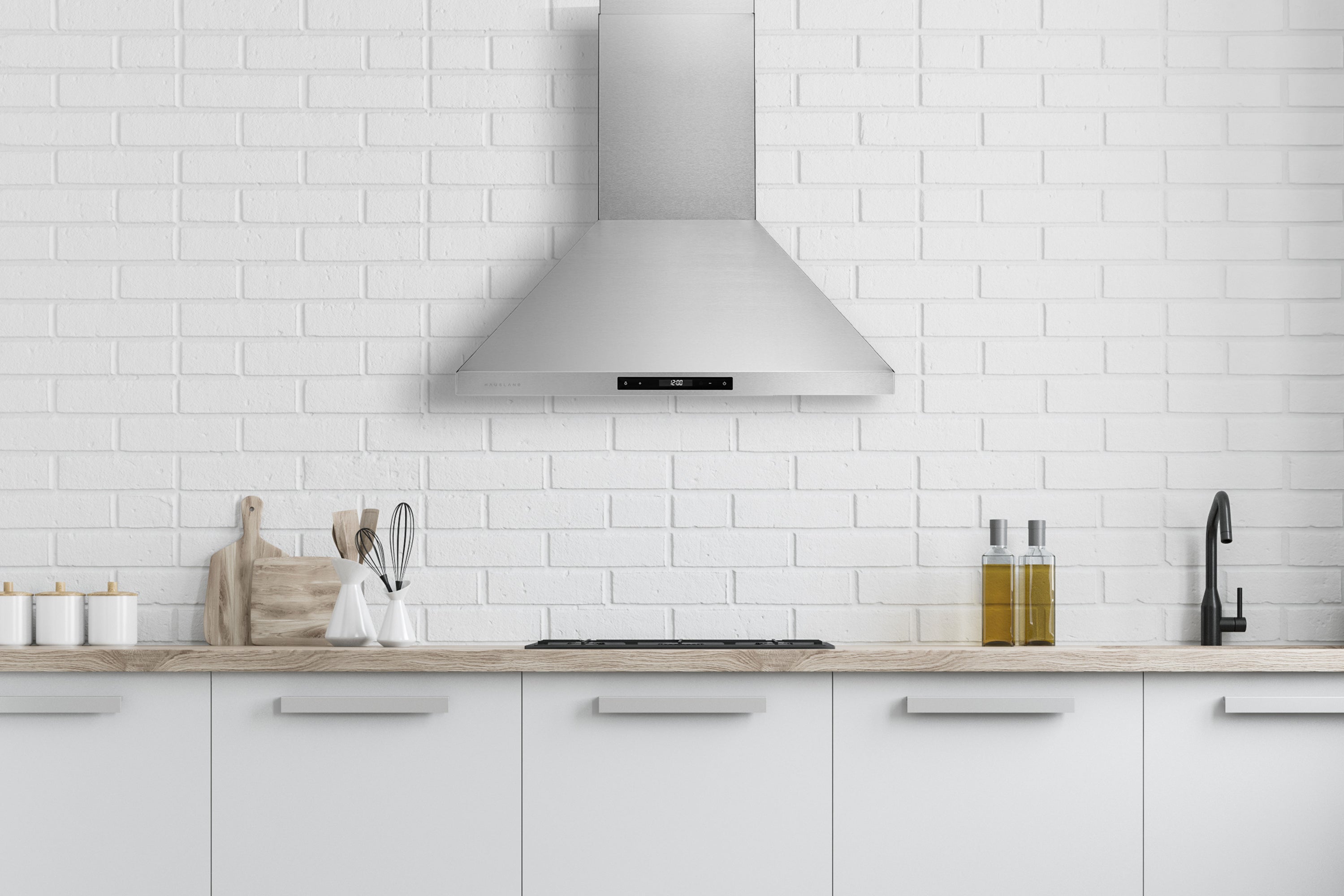
Credit: hauslane.com
The Importance Of Proper Kitchen Ventilation
Proper kitchen ventilation is essential for a healthy home. It helps remove odors and grease from cooking. Without good ventilation, unpleasant smells can linger in the air.
Range hoods play a key role in maintaining air quality. They capture steam, smoke, and cooking fumes effectively. This reduces the risk of respiratory issues and other health problems.
Effective odor management keeps your kitchen smelling fresh. It prevents the buildup of grease, which can lead to fire hazards. Investing in a good range hood is wise for both health and safety.
Exploring Range Hood Fundamentals
CFM, or Cubic Feet per Minute, measures how much air a range hood moves. It is a key factor in choosing a hood. A higher CFM means better air circulation. Cooking produces smoke and odors. A good range hood helps eliminate these quickly.
Different types of range hoods exist. Wall-mounted hoods attach to walls and save space. Under-cabinet hoods fit beneath cabinets. Island hoods hang from the ceiling. Each type has its own CFM requirements based on kitchen size.
For effective use, match the CFM to the cooking style. Heavy cooking needs a higher CFM. Light cooking can work with a lower CFM. Understanding this helps maintain a fresh kitchen environment.
Average Cfm Ratings Explained
The CFM (Cubic Feet per Minute) rating measures airflow. This value is crucial for range hoods. Higher CFM means better ventilation. Most kitchens benefit from a CFM between 300 to 600. Industry standards suggest lower CFM for smaller kitchens.
Hood types affect CFM ratings. Below is a simple table showing average CFM by hood type:
| Hood Type | Average CFM |
|---|---|
| Wall-Mounted | 300-600 |
| Under-Cabinet | 200-400 |
| Island | 600-1200 |
| Downdraft | 200-400 |
Selecting the right CFM ensures your kitchen stays fresh and clean. Always check the manufacturer’s specifications for guidance.
Calculating Your Kitchen’s Cfm Requirements
To find the right CFM for your kitchen, start with its size. Measure the length, width, and height of your kitchen. Multiply these numbers together to get the total volume in cubic feet.
Next, consider your kitchen’s layout. An open kitchen may need a higher CFM than a closed one. Airflow can be affected by walls, doors, and windows.
Stove type is also important. A gas stove usually requires more ventilation than an electric stove. Check the manufacturer’s guidelines for specific CFM recommendations for your stove type.
The Relationship Between Cfm And Ductwork
The CFM (Cubic Feet per Minute) rating of a range hood is crucial. It determines how well the hood removes smoke and odors. Duct size and length greatly impact airflow. A larger duct allows for better air movement. Short ducts reduce resistance and improve efficiency.
Choosing the right duct size is essential. Use a 6-inch duct for hoods with lower CFM ratings. For higher CFM models, opt for 8-inch or 10-inch ducts. Longer ducts can decrease airflow. Bends and turns also cause extra resistance.
| Duct Size | Recommended CFM |
|---|---|
| 6 inches | Up to 400 CFM |
| 8 inches | 400 – 800 CFM |
| 10 inches | 800+ CFM |
Maximizing Airflow With Proper Maintenance
Regular cleaning and upkeep of range hoods ensure optimal airflow. Dirty filters reduce efficiency. Clean filters improve CFM ratings significantly. Check filters every month for dirt and grease.
Replace filters based on usage. Heavy cooking may need monthly replacements. Light cooking allows for quarterly changes. Always refer to the manufacturer’s guidelines for specific recommendations.
| Cooking Frequency | Filter Replacement |
|---|---|
| Heavy | Every month |
| Moderate | Every two months |
| Light | Every three months |
Installation Tips For Optimal Cfm Performance
Choosing between professional installation and DIY can impact CFM performance. Professionals have the right tools and experience. They ensure proper airflow and correct placement of the range hood. DIY installations can save money, but mistakes can reduce efficiency.
Common installation mistakes include:
- Not following the manufacturer’s guidelines.
- Improper duct sizing leading to reduced airflow.
- Incorrect placement of the range hood above the cooktop.
- Neglecting to seal duct connections properly.
- Ignoring local building codes and requirements.
Taking time to understand these factors will help in achieving optimal CFM performance.

Credit: us.fotileglobal.com
Advanced Features For Enhanced Ventilation
Smart range hoods offer advanced features for better air quality. These devices often include automated sensors that detect smoke and odors. They adjust the fan speed based on the cooking intensity. This helps maintain an optimal CFM level for ventilation.
Controls are usually user-friendly. Many smart range hoods can be operated via a smartphone app. This makes it easy to manage settings from anywhere in your home. Some models even integrate with home automation systems for added convenience.
| Feature | Description |
|---|---|
| Automated Sensors | Detect smoke and odors for better performance. |
| Smart Controls | Operate via smartphone or voice commands. |
| Energy Efficiency | Use less energy while maintaining airflow. |
Evaluating The Cost-benefit Ratio
Energy consumption is a key factor for range hoods. High-efficiency models use less power. They save money on energy bills. Lower energy use also means a smaller carbon footprint.
Long-term savings can be significant. A good range hood can reduce cooking odors. This makes the kitchen more pleasant. Investing in a quality model pays off over time.
Many homeowners notice lower utility costs. Regular maintenance keeps the range hood running efficiently. This ensures that savings continue for years.
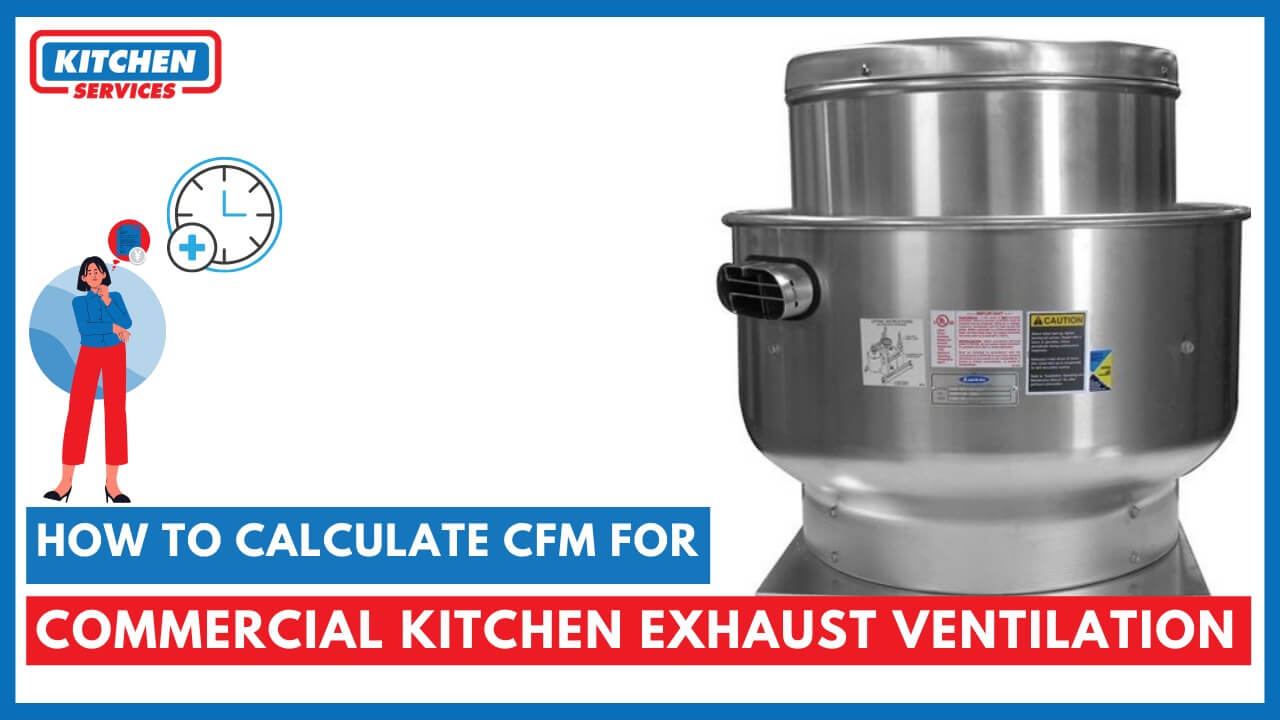
Credit: kitchen.services
Frequently Asked Questions
What Is The Average Cfm For Range Hoods?
The average CFM (Cubic Feet per Minute) for range hoods typically ranges from 300 to 600. This range is suitable for most home cooking needs. However, high-end cooking appliances might require higher CFM ratings. Always consider your kitchen size and cooking habits when selecting a range hood.
How Do I Calculate Cfm For My Kitchen?
To calculate the required CFM for your kitchen, first determine the kitchen’s volume in cubic feet. Then, multiply this figure by the desired air exchange rate, usually 15 to 20 times per hour. This calculation will give you the ideal CFM needed for effective ventilation.
Why Is Cfm Important For Range Hoods?
CFM is crucial because it measures how effectively a range hood can eliminate smoke and odors. A higher CFM means better air movement, which improves indoor air quality. It also prevents grease buildup, ensuring your kitchen remains clean and safe.
Choosing the right CFM enhances overall cooking comfort.
Can Too High Cfm Be Harmful?
Yes, a range hood with excessively high CFM can create strong drafts. This can be uncomfortable while cooking and may affect cooking temperatures. Additionally, it may lead to increased energy costs. Therefore, selecting a CFM that fits your cooking style is essential for optimal performance.
Conclusion
Choosing the right CFM for your range hood is crucial for effective ventilation. It impacts both air quality and cooking comfort. Consider your kitchen size and cooking habits when making a decision. A well-selected range hood enhances your kitchen environment, ensuring a pleasant cooking experience every time.
Prioritize your needs for optimal results.
